
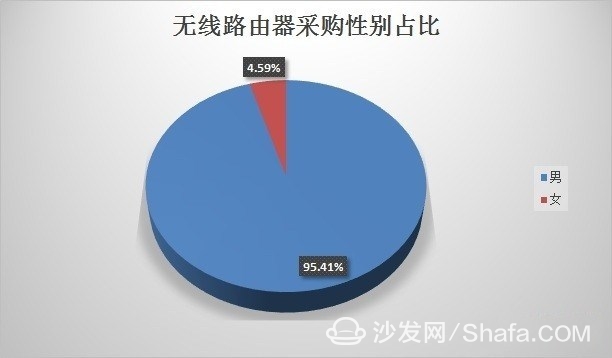
In addition to pain remedy: careful selection of beautiful + practical style.
2. Are all old Wi-Fi drivers. Don't say you didn't remember your "first" Wi-Fi experience. Now that you haven't contacted a wireless router, it doesn't exist (ratio is 0). Use a wireless router. 5 The proportion of “old drivers†who have been above the age of 72.44%. In this case, "There is no time to explain, get on the bus."
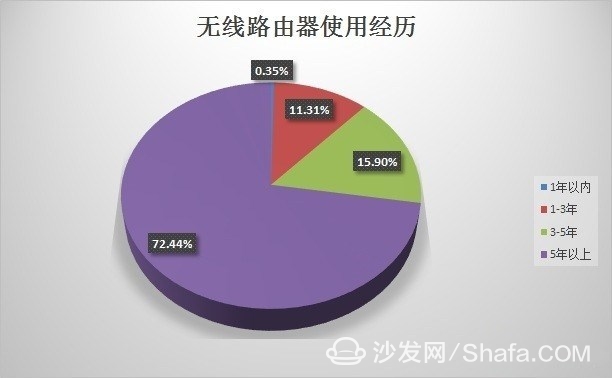
In addition to pain remedy: simple + low radiation 3, buy a router, most concerned about these two points then buy a wireless router, consumers are most concerned about? There are only two points: coverage (87.28%) and rate (86.57%). After satisfying these two points, we will think of functional applications (34.98%) and radiation indicators (33.92%).
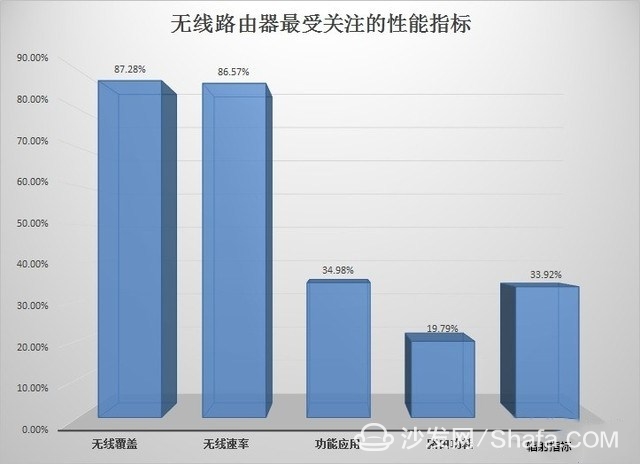
In addition, the attention paid to the power consumption of the route (19.79%) is the lowest, because people who play in a thousand machines and live in a house do not care about the electricity charges for a few tens of years in a year.
Implicit pain point: live in large apartment is a taste? Wi-fi blind spot. . .
Must be troubled by rich talents? Not necessarily. But there must be an annoyance to live in a big house. Yes, that is, Wi-Fi is not power, the signal has a blind spot. . . This is why consumers are most concerned about coverage issues.

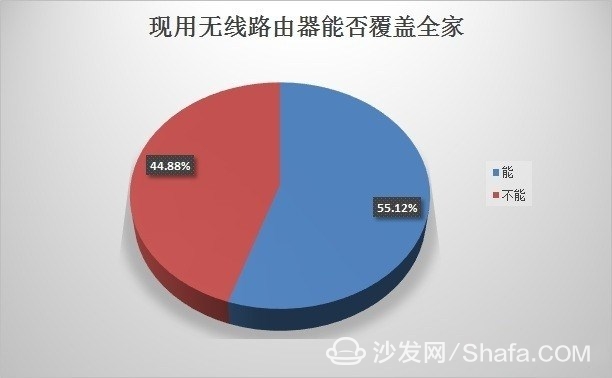
4, the antenna must be external? Looking at it from the point of view of the antenna, consumers looking for a wireless router with an external antenna have an absolute advantage (64.66%), followed by a built-in antenna (22.61%). It can be seen that people are all visual animals and only have inner beauty. Obviously they have to suffer. Of course, there are also 12.72% of people who do not know the difference between the two.
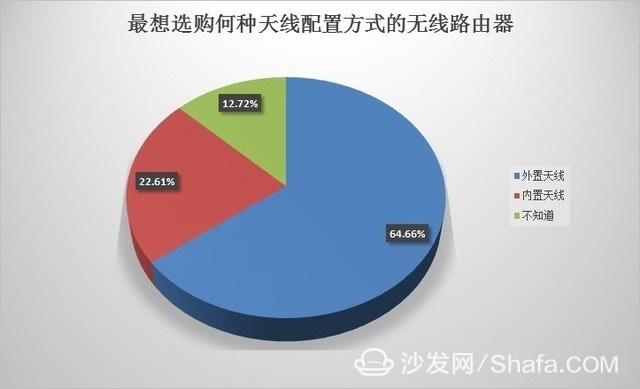
Implicit pain points: In the final analysis, I was worried that the signal was not a force. Tell me if I chose an external antenna, would it be more appropriate to buy a few antennas?
In addition to pain remedy: For now, the technology of dual-band routers equipped with four independent antennas is relatively mature and can be started.
5, wireless era, we still use cable network port!
With the explosion of mobile terminals, wireless has become the mainstream, and people's demand for network ports seems a lot lighter, but the actual investigation results are surprising. Statistics show that the number of people using 1-4 LAN ports accounts for more than 78% of the total, and we still rely more or less on wired network ports. Among them, one LAN port (22.97%) was used most, followed by two LAN ports (20.49%), then four LAN ports (19.08%) and three LAN ports (15.55%).
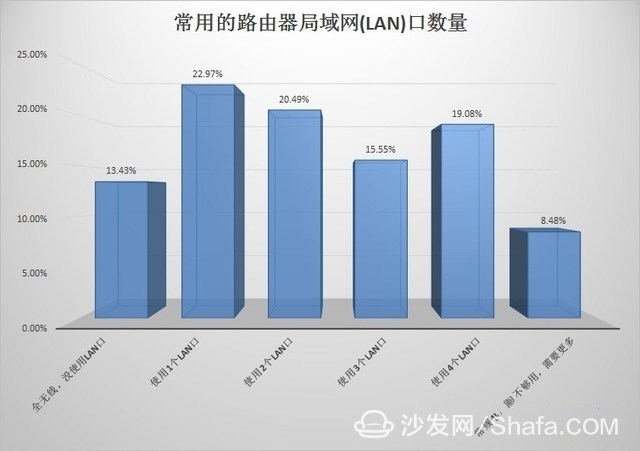
All-wireless users accounted for only 13.43%, although it is foreseeable that the number of wireless users will increase in the future. But in the all-wire era, how long will people wait? Worth pondering.
Implicit pain points: wireless instability, if the "dead pesticides" can be wired to play, I do not Wi-Fi it.
In addition to pain remedy: elect a stable and strong it, this must be for you! Equipped with Intel network chip, dual-band 1900Mbps, load small packet forwarding optimization module, customized for online games.
6, choose the router can not be greedy cheap in the era of experience first, how can choose the router cheaper. For the price range, the conditioned people are able to recognize the fact that "a penny and a goods".
Therefore, routers within 100 yuan are not favored, accounting for only 5.65%. Most people (39.22%) concentrated in the 100-200 yuan range, followed by (25.09%) that can accept 200-300 yuan products, choose 300-500 yuan also accounted for 15.9%. Even 500-1000 yuan high-end routers will be purchased, accounting for 9.89%.
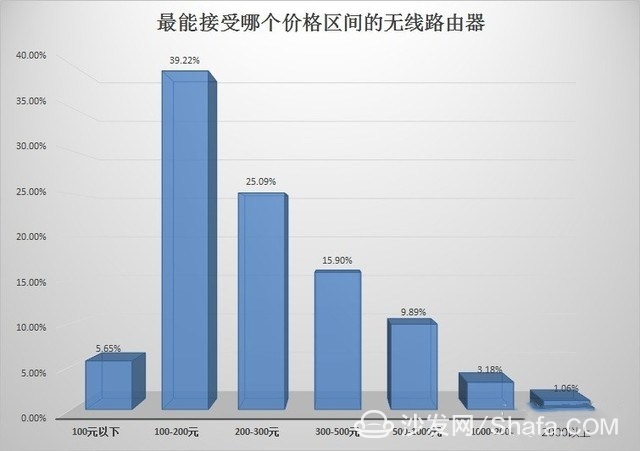
In addition to pain remedy: 100-200 yuan range, if you can choose to bundle wireless AP package, it's worth the embarrassment.
7, 802.11AC router most popular In addition, the survey found that 802.11AC protocol products are most popular, becoming the mainstream choice, accounting for 37.1%, more than one-third strong. And the "heir" of the next-generation Wi-Fi protocol, 802.11ax naturally attracted attention, accounting for 17.31%.
However, as many as 28.62% of consumers still do not know what the wireless protocol is. Perhaps they do not care about boring, specific product parameters are all flaws, as long as the experience is good, it is ok.

In addition to pain remedy: mobile phones, flat panels, can only sell kidney replacement. If it is a laptop or a desktop computer, it can be easily handled with an 802.11AC wireless network card.
8, with a USB 3.0 port is enough for the router needs to support the function to expand the port, 48.41% said to have a USB 3.0 port (mostly external storage devices, build a private cloud use), and do not need to expand the port or use The proportion is still low, accounting for 39.22%, the polarization is obvious. It is a difference between the use of professional users and ordinary users.
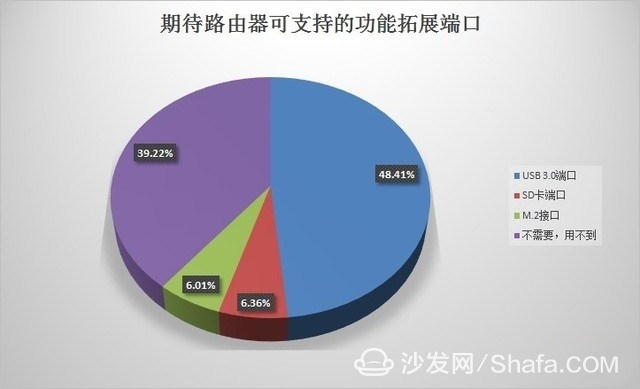
In addition to pain remedy: Dual USB is more insurance.
9, there seems to be a segment of the way from the Internet of things with the continuous evolution of Wi-Fi technology, with complementary Bluetooth, NFC, ZigBee and other Internet of Things protocols, continue to be the concern and favor of the smart family industry. However, the general public still does not buy it. Nearly half (49.12%) of the respondents chose “unclear and indifferentâ€, indicating that their demand for IoT connections is not large at this stage. The vendors who scrambled the concept may not worry about it.
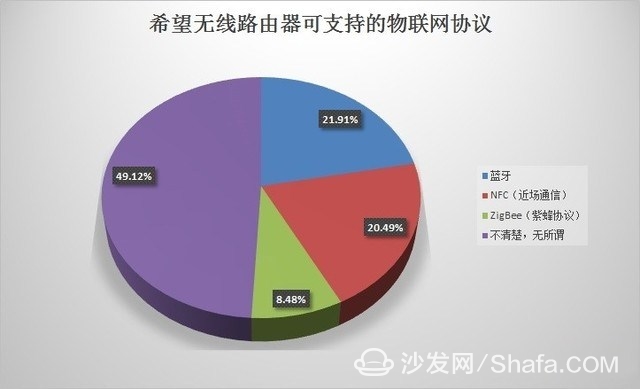
Implicit pain points: Ecological construction is a difficult problem, and the Internet of Things is emerging in an endless stream. However, it has not yet emerged as it truly brings us into play.
In addition to pain remedy: first select the station's reliable Wi-Fi router with it, and the same free of charge.
10, to mention the route, the first few thought about the final discovery, for the average consumer, when it comes to wireless routers, the first thought is still the following figure in the several old brands. For example, 77.03% of TP-Link, 45.23% of Tenda, 43.82% of Ausus, 40.64% of Netgear, 33.22% of D-Link, and 22.62% of Netcore. . It is not easy for new brands to stand out in the market.
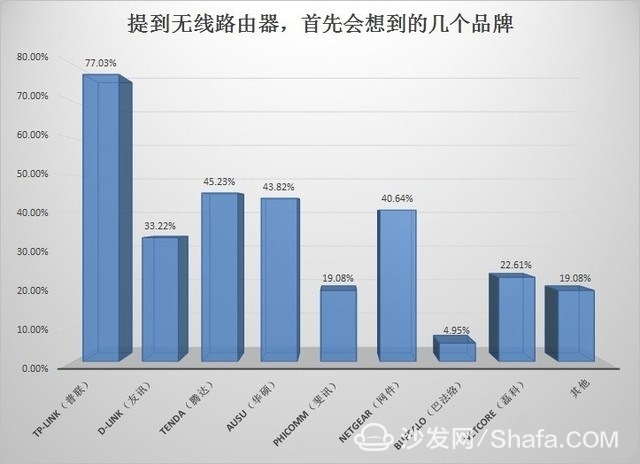
Implicit pain point: The problem of product homogeneity is prominent. When you look at left and right, you feel almost the same. Who is better to choose?
Treatment prescription: Refer to our product reviews and Hengping articles for comparison.
Conclusion In 2017, with the rapid popularity of smart phones, wearable devices, and network-connectable terminals, the quality of wireless networks has become a key factor that directly affects consumers' communication experience. Through the thousands of people's congress investigation, we not only saw consumers' expectations for wireless networks gradually increasing, but also learned about the changes in consumer focus and consumer trends when purchasing wireless routers. We hope that the recommendations in the text can be solved for you. Wi-Fi pain points provide some help and reference.
Smart TV/box information can focus on smart TV information network sofa butler (http://), China's influential TV box and smart TV website, providing information, communication, TV boxes, smart TVs, smart TV software, etc. Answering questions.
DADNCELL alkaline zinc-manganese dry battery has the characteristics of low self-discharge, which is suitable for household batch procurement storage, and has the discharge performance of continuous discharge time with more long-lasting and large instantaneous discharge. Widely used in flashlights, smart door locks, infrared thermometers, cameras, flash lights, razors, electric toys, instruments, high-power remote control, Bluetooth wireless mouse keyboards and other common household electronic equipment instruments. DADNCELL battery advocates providing a more comfortable and smooth power supply experience for household appliances. The alkaline battery capacity and discharge time of the same model of DADNCELL battery have reached four to seven times that of ordinary batteries, respectively.
The performance difference between the two is greater at high and low temperatures, because its unique internal components are structure and battery materials with better performance, and the power capacity and electrical performance can be improved.
At present, all types of batteries developed by DADNCELL Lab do not involve any heavy metals in production, use and waste. They are green and environmentally friendly and can be treated with domestic waste.
1.5V Am-2 Alkaline Cell,Batteries For Toys & Electronic Device,All-Purpose 1.5V Am-2 Alkaline Cell,Lr14 For Clocks Remotes Games Controllers
Shandong Huachuang Times Optoelectronics Technology Co., Ltd. , https://www.dadncell.com
![<?echo $_SERVER['SERVER_NAME'];?>](/template/twentyseventeen/skin/images/header.jpg)